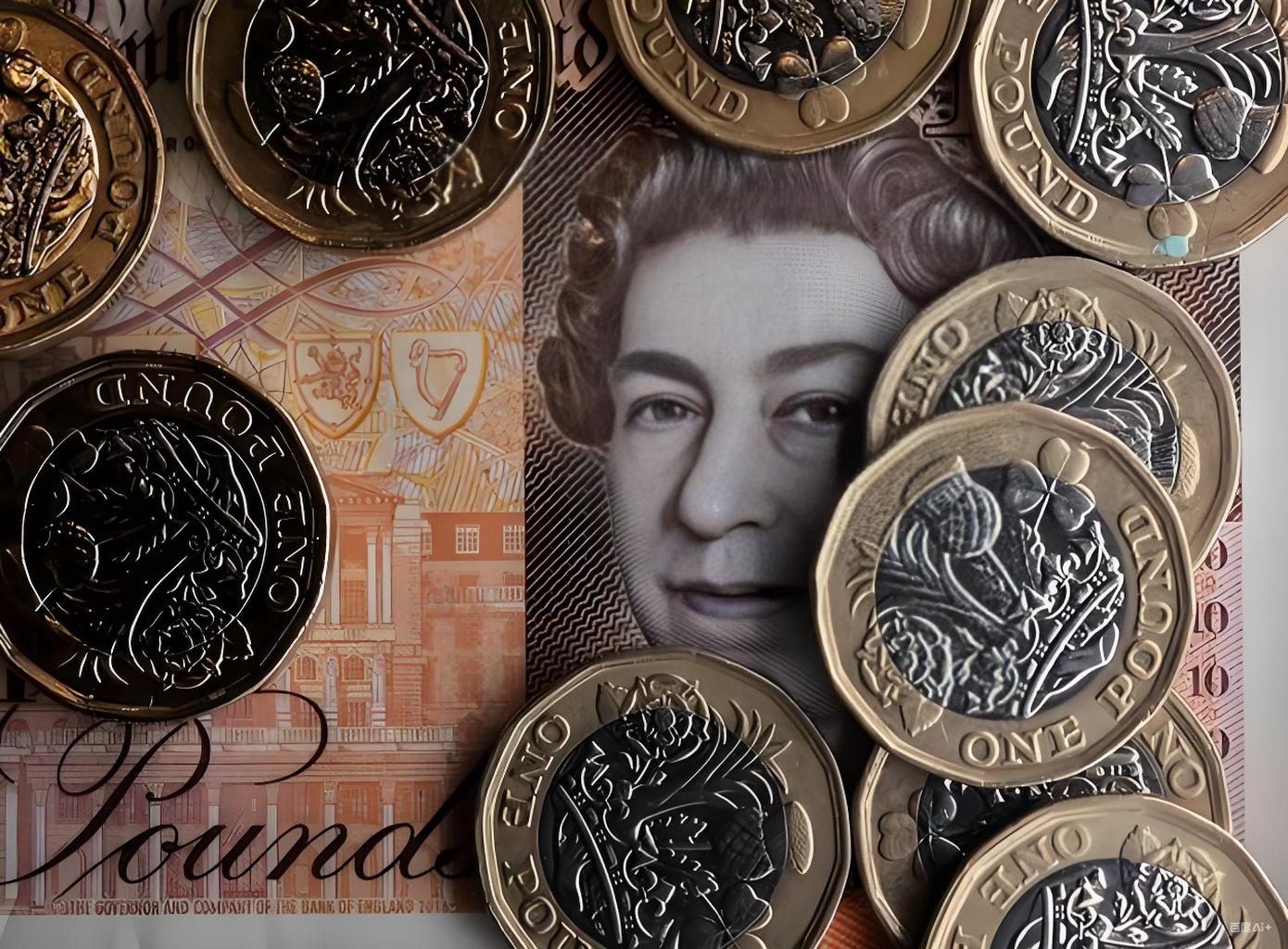
The global precious-metals market is witnessing historic highs in 2025: gold has surpassed the $4,000 per ounce threshold and silver is trading beyond $50 per ounce, driven by persistent inflation, geopolitical uncertainty and investor demand for safe-havens.Miners and the broader sector are pivoting toward critical-mineral strategies amid the surge.
Background Context
This rally comes after years of low-yield environments and surging inflation pressures. In 2025, commodities broadly experienced tailwinds in certain sectors while others faced headwinds (e.g., copper).For precious-metals, inflation worries, central-bank purchases, and demand for diversification have been key drivers. Historical comparisons show this is among the strongest rallies in decades.

Why This News Matters
For investors in commodities, gold and silver are traditionally hedges against inflation and currency devaluation. The fact that they are reaching record levels signals strong underlying market themes: inflation remains persistent, economic growth is uncertain, and safe-horizon allocation is increasing. For portfolio construction, this means non-correlated assets like gold may play a larger role.
From a trading perspective, the strength in precious metals may draw capital away from equities or other risk assets, potentially leading to rotation effects. Moreover, the shift by mining companies toward critical minerals (e.g., platinum, palladium) suggests structural change in the sector, which has implications for miners’ valuations and supply-demand balances.
Our Expert Take
From a seasoned macro-editor lens: The gold and silver rally reflects more than cyclical inflation: it points to a regime where inflation may persist, central banks appear to err on the side of caution, and geopolitical risk is elevated. Therefore, positioning purely for a mean reversion may be risky. Instead, investors should view precious metals as part of a strategic allocation rather than purely tactical.
In terms of possible scenarios: If central banks continue to cut rates, the real yield environment improves for non-yielding assets like gold, which could support further upside. Conversely, if the US dollar strengthens significantly (as some forecasts suggest) it may temper gold’s advance. Traders should therefore watch USD-index moves and real yields closely. Some technical pull-backs are plausible—but given the structural themes (critical minerals pivot, central-bank buying) the medium-term trend may remain upward. Mining stocks offer an interesting derivative play: with elevated metal prices and evolving supply dynamics, select miners may benefit out-of-proportion. That said, investors must be wary of valuation froth.
In summary: Precious metals are not just riding a cyclical bounce but possibly entering a new phase. Investors and traders alike should revisit exposure, risk management and the interplay with real yields and currencies.





